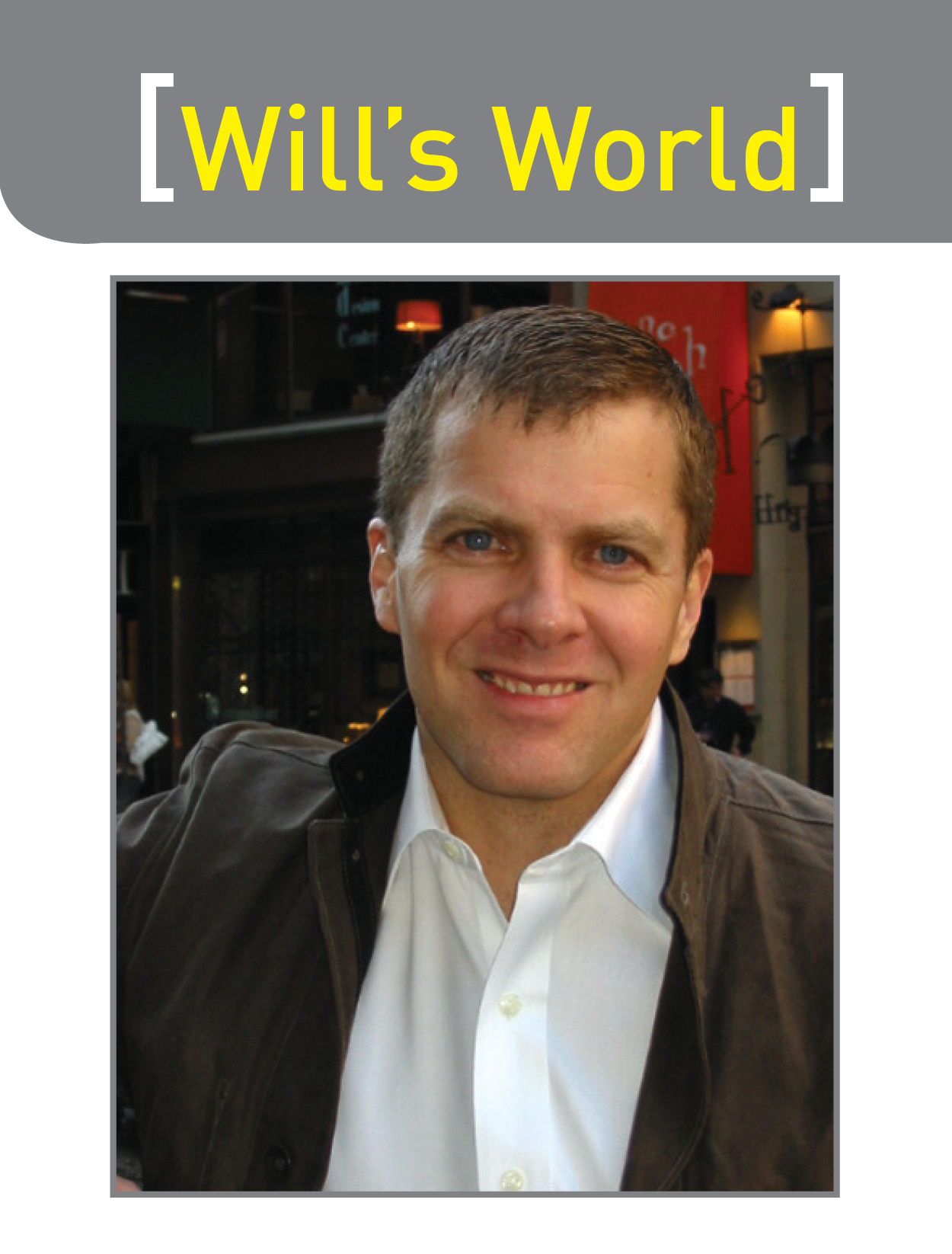By Will Carlin
The first time I was given a summer reading list at the end of a school year, it was a list of “suggested” reading. I didn’t exactly toss the list into the trash, but nor did I rush home to ask mom if we could go to the library. There were lots of things I wanted to do in the summer, and reading one or more books recommended by a teacher was not really part of my plan.
So, it is a little bit funny that I actually do remember the moment, well into the summer, when I found the list. I pulled on a pair of pants that had been in the corner of my room for a few weeks (hey, I was ten!), and I felt something in the pocket. I wasn’t sure what it was at first, but I knew it was from school – even while wrinkled and folded, the smudgy blue mimeographed print had started to bleed through the paper.
Sometimes in life, timing is everything, and so it was with the list. The first few weeks of summer were immediately filled with day camp and playing with camp buddies afterwards, but just about the time I found the list, the summer still seemed impossibly long, and there was so much free time that the thought of reading was no longer unappealing.
So I looked down the list and picked out two books whose titles seemed cool: “A Wrinkle in Time” by Madeleine L’Engle and “Harriet the Spy” by Louise Fitzhugh. Though each of the books featured a young girl as the main protagonist (something I didn’t really mind even though real girls still had, you know, cooties), the storylines could not have been more different.
“A Wrinkle in Time” was thrilling and mind-bending as we follow Meg and two friends across the universe in an effort to rescue Meg’s father and save the earth. Wow. “Harriet the Spy” was about a girl my age who wrote pointed observations in a notebook about everything she saw. I started doing that, too, and started to realize how much I liked writing. And, of course, reading.
Summer reading lists are fun, though for adults the whole concept seems a little odd; it isn’t like we have three months of vacation to read them. But with squash now definitively in its off season, it seems like it might be worth sharing some of my favorite squash-related books. I say “related” because these books are not all about squash (in fact, only two of them are), but in my own head, I have taken lessons from them and applied them to squash. Maybe I should just get to it:
Let’s start with the best non-instructional squash book I have read in a long, long time: “Run to the Roar: Coaching to Overcome Fear” by Paul Assaiante with James Zug. If you haven’t read it yet, you should. The writing is so good and the observations so honest that it reads thrillingly. You will both get carried away and learn a lot about how you approach squash through different aspects of the Trinity players. No matter where you went to school, you will find yourself rooting for them all, and I dare you not to want Assaiante to be your coach at least once while you read the book.
Rob Dinerman is long known to the US squash world, but probably more to old-time hardballers. His own honest self-reflection about his prep school days (where squash figures most prominently) “Chasing The Lion: An Unresolved Journey Through The Phillips Exeter Academy” is worth seeking out to learn about a different time in prep school squash – one that will be familiar to anyone who played hardball in the old days.
Instead of a real-life high school squash player, Dan Millman’s fictional autobiography is about a college gymnast who takes a surreal trip guided by a coach named Socrates. “The Way of the Peaceful Warrior” won’t be for everyone because it seems like nonfiction at first, but it quickly becomes fantastical while imparting Zen-like lessons about competition and one’s place in the universe.
Zen instruction also is a part of “The Book of Five Rings” by Miyamoto Musashi, not only in its objective lessons but also in the way that each simple point needs its own contemplation. Widely appreciated by martial arts enthusiasts, the book also is a bit of a cult hit both with business leaders and new age readers as a kind of how-to guide. A Japanese sword master, Musashi details what it takes to achieve victory when fighting to the death.
Grave outcomes also are the unspoken undercurrent of the brutal training in Dick Couch’s “The Warrior Elite: The Forging of SEAL Class 228.” If you want to read how the military branch that found and assassinated Osama Bin Laden prepares their recruits (for far bigger stakes than squash matches), you won’t soon forget Couch’s incredible description of the physical and mental brutality of the SEAL’s Hell Week.
Finally, I am just about to start a new tennis book: “High Strung: Bjorn Borg, John McEnroe, and the Untold Story of Tennis’s Fiercest Rivalry” by Stephen Tignor. If you are a Tennis Magazine reader, Tignor’s prose will be familiar to you, but you may not know that he also is an avid squash player in the Brooklyn squash scene. His book has gotten rave reviews, and I can’t wait to dive in and relive one of the greatest of all racquets rivalries.
All of these books are good beach reading, which implies that they are easy to read and page-turners of a sort. But because the writing is so good in each, you may find that they stay with you longer than the latest John Sandford Prey – and they might just help your squash game, too.



